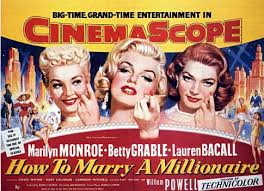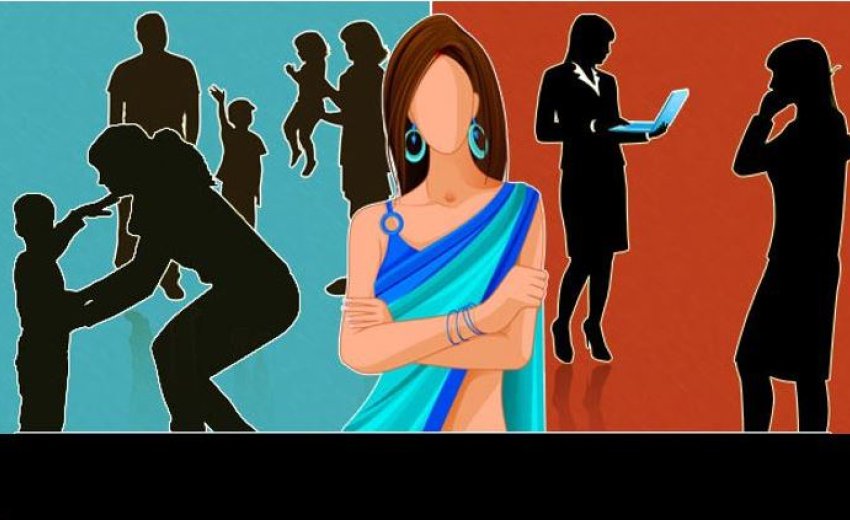Punjabi Sikh Women and the City

In this post, I'm reflecting on the movie version of Sex and the City. Many may resist an association with the dating scene that the movie and show explored with the lives of Punjabi Sikh women, and wonder whether this is appropriate for The Langar Hall. But the stories and characters of SATC reflect broad ideas that apply to all women and since every woman I know has seen or is planning to see the movie, I'm curious about how these themes apply to Punjabi Sikh women in particular and how our experiences compare with other groups. This post does not promote anything portrayed in SATC, but instead explores the stereotypes in the characters and questions how our Punjabi-Sikh-ness affects how much of those stereotypes we embrace. First, what is SATC really about?
The three-girls-in-the-city movie a cinematic staple since the 1920s, has been an unusually enduring and lucrative one, exploiting each succeeding era's anxieties surrounding women's changing roles and helping define those eras' new ideas of modern life. In them, audiences can watch women negotiate and sometimes subvert the forces that define and limit their choices.

In each era, the three-girls-in-the-city movie asks the same questions, as does 'Sex and the City' and 1953's 'How to Marry a Millionaire' pictured above (Marilyn Monroe, Betty Grable and Lauren Bacall also in Manhattan)
To give in to lust or wait for love? To cash in on one's sexuality or remain pure? To marry or to pursue a career? (By Hollywood's rules, they're almost always mutually exclusive.)
Miranda, Charlotte, and Samantha represent the roles that have traditionally been allotted to women since the early 20th century, and Carrie represents a combination of the others who are archetypes of the three-girls movie -Miranda, the practical, self-sufficient career woman; Charlotte, the virginal innocent; Samantha, the older, sexually uninhibited temptress.
The storyline of each of the characters is interesting in its judgment of the character- the ending that is meted out to her. SATC has progressed from past movies of this genre and become kinder towards women who aren't as virtuous or marriage-minded as Charlotte, though even in today's incarnation, Charlotte is the only character who seems to have no real problem or threat of unhappiness. But still, without giving away the ending, Hollywood seems to have softened up a bit towards women who choose to have a career.
Miranda would have been the independent, feisty good sport who would die unmarried and alone. Charlotte would be the virtuous girl who would marry for love and receive unexpected riches in return (okay, that story line hasn't changed). And incorrigible Samantha would be the girl who would plunge off a fire escape or penthouse balcony in punishment for her sexually wanton ways.
SATC is about what women want, and not being afraid to want it. As Punjabi- Sikh women, culture and religion play a role in molding what we do, and what we want and most of us probably don't relate completely to the women in SATC. Even if there are women who lead lives similar to those in SATC, they certainly wouldn't disclose this to their families or community members because conversation about relationships is severely limited by notions that a woman's honor might be tainted. Yet, even though what we want and what we do might differ from the women of SATC, the idea of not being afraid to want or do, is what resonates.

